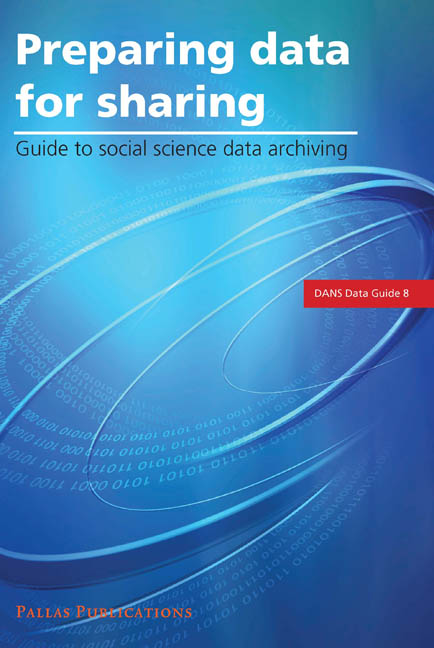Book contents
2 - Proposal Planning and Writing Phase
Summary
As indicated earlier, funding institutions increasingly require that applications for support include data sharing and dissemination plans. Plans for deposit and long-term preservation should be fleshed out while the researcher is at the stage of outlining and writing the grant application. Planning ahead during this early phase of the project permits the researcher to take into account important issues, particularly issues related to disclosure risk, from the very beginning, which can simplify the process and avert problems later on at the data deposit stage.
Important steps to follow
We offer the following steps as guidance during the proposal planning and writing stage:
Conduct a review of existing datasets
If the proposed research is to involve data collection or data acquisition, a thorough review of existing data on the topic should be conducted so that the applicant can state why currently available datasets are inadequate for the proposed research. In addition to the usual literature search, it is recommended that the data catalogs of the major data archives and repositories be reviewed.
Determine whether a new dataset will be produced and whether the data should be archived
Note that when writing the grant proposal, it is useful to think of ‘data’ in the widest sense as one looks ahead to depositing materials. Data can exist in a number of formats and a number of types: numeric data files, interview transcripts, and other qualitative materials such as diaries and field notes also qualify as data and may need special handling. Increasingly, social science research data include audio and video formats, geospatial data, biomedical data, and websites, and DANS as well as other data repositories are interested in capturing this broadening array of data.
Some projects may combine data from one or more secondary sources. Derived datasets created by collating materials from existing sources and presenting them in a new way could constitute a new dataset. A project may also be considered to be producing a new dataset if it combines (a) primary and secondary data; (b) secondary data with newly created variables; or (c) secondary data based on data that are not yet publicly available.
Information
- Type
- Chapter
- Information
- Preparing Data for SharingGuide to Social Science Data Archiving, pp. 5 - 10Publisher: Amsterdam University PressPrint publication year: 2012
